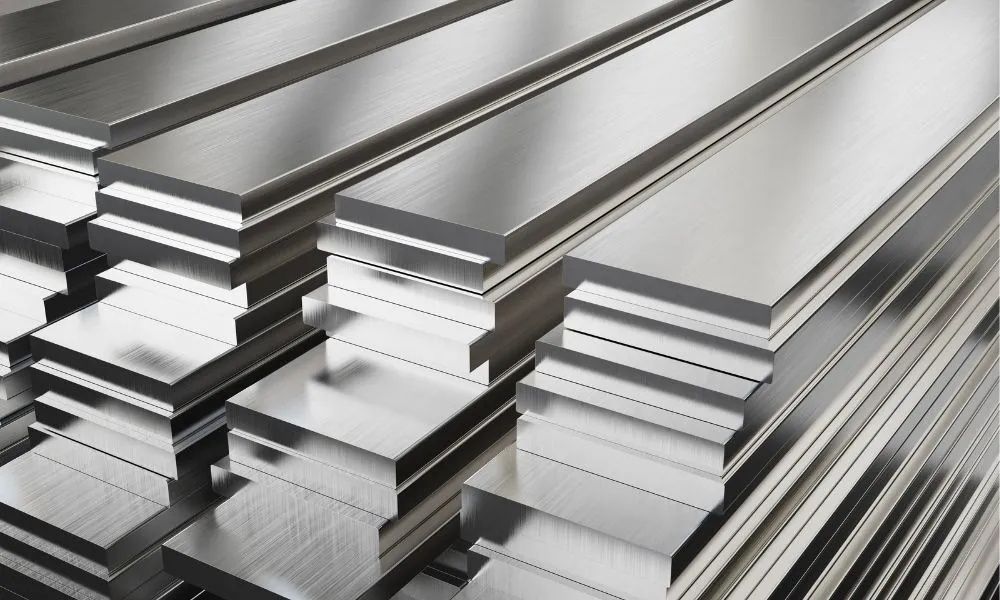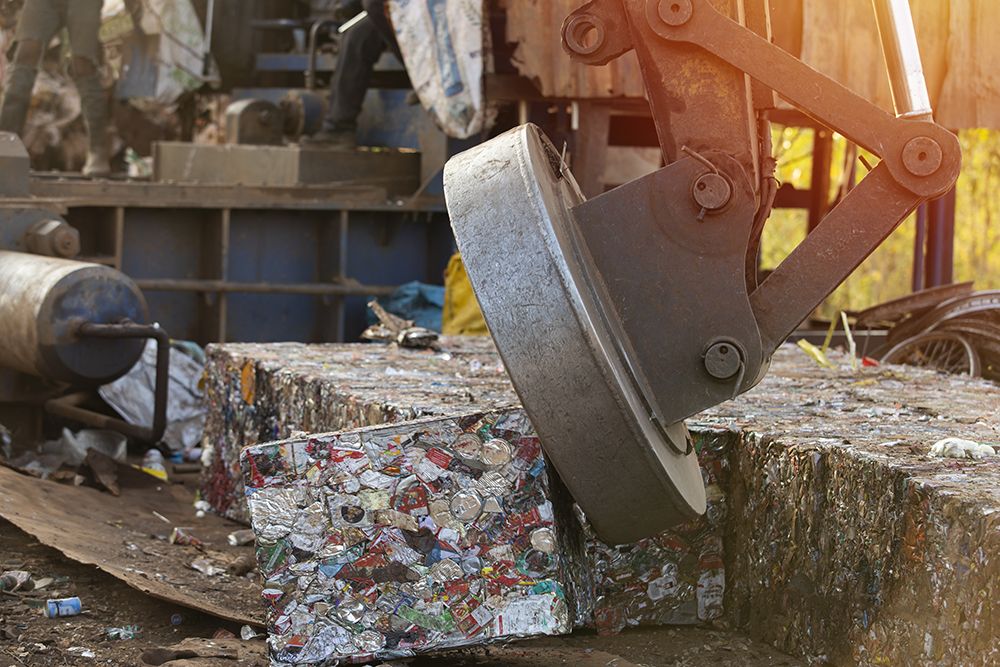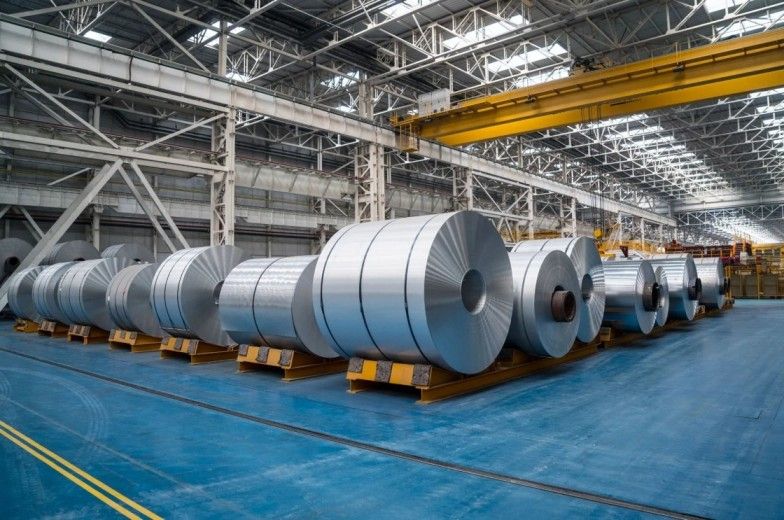Unlocking Material Secrets: A Comprehensive Guide to XRF Analyzers
X-ray Fluorescence (XRF) analyzers are advanced instruments used to determine the elemental composition of materials. By directing X-rays onto a sample, these devices cause the sample to emit secondary (or fluorescent) X-rays. The energy levels of these emitted X-rays are characteristic of specific elements, allowing for precise identification and quantification.
This non-destructive technique is widely utilized across various industries, including metallurgy, environmental testing, and quality control, due to its speed, accuracy, and minimal sample preparation requirements.

Significance of XRF Analyzers Today
In today's industrial landscape, the ability to quickly and accurately analyze materials is paramount. XRF analyzers play a crucial role in:
-
Quality Control: Ensuring products meet specified standards by verifying their elemental composition.
-
Environmental Monitoring: Detecting hazardous substances in materials, aiding in compliance with environmental regulations.
-
Material Identification: Identifying unknown materials or verifying the composition of raw materials in manufacturing processes.
The growing emphasis on sustainability and regulatory compliance has further amplified the importance of XRF technology in various sectors.
Recent Developments in XRF Technology
The XRF analyzer market has witnessed significant advancements in recent years:
-
Market Growth: The global XRF market continues to grow steadily, reflecting increased adoption across industrial sectors.
-
Technological Integration: Emerging trends include the integration of XRF analyzers with Internet of Things (IoT) and Artificial Intelligence (AI) technologies, enabling smarter diagnostics and predictive maintenance.
-
Portable Devices: The demand for handheld XRF analyzers has increased, offering flexibility and convenience for on-site testing across various industries.
These developments reflect the growing reliance on XRF technology for efficient and accurate material analysis.
Regulatory Landscape for XRF Analyzers in India
In India, the use of XRF analyzers is governed by stringent regulations to ensure safety and compliance:
-
Atomic Energy Regulatory Board (AERB): Manufacturers and operators of X-ray equipment, including XRF analyzers, must obtain necessary licenses and approvals from the AERB. This includes obtaining import permissions for X-ray tubes and ensuring compliance with radiation protection rules.
-
Safety Standards: Operators are required to undergo radiation safety training to mitigate exposure risks. Regular maintenance and calibration of XRF devices are mandated to maintain accuracy and safety standards.
Adherence to these regulations is crucial for ensuring the safe and effective use of XRF technology in India.
Tools and Resources for XRF Analysis
Several tools and resources can assist in the effective utilization of XRF analyzers:
-
Calibration Standards: Certified reference materials are essential for calibrating XRF devices to ensure accurate measurements.
-
Software Solutions: Analytical software aids in interpreting XRF data, providing detailed elemental composition reports.
-
Training Programs: Radiation safety and operational training programs are available to ensure proper handling and usage of XRF analyzers.
These resources support users in maximizing the capabilities of XRF technology while adhering to safety and regulatory standards.
Frequently Asked Questions
1. What materials can XRF analyzers detect?
XRF analyzers can detect a wide range of elements, from sodium to uranium, depending on the energy of the X-rays used and the sensitivity of the detector.
2. Are XRF analyzers safe to use?
Yes, when operated according to manufacturer guidelines and regulatory standards, XRF analyzers are safe. Operators should undergo proper training and adhere to safety protocols to minimize exposure risks.
3. How often should XRF analyzers be calibrated?
Regular calibration is essential for accurate measurements. The frequency depends on usage and manufacturer recommendations but typically ranges from monthly to annually.
4. Can XRF analyzers be used for lead detection?
Yes, XRF analyzers are commonly used to detect lead in various materials, including paints, soil, and consumer products, aiding in compliance with safety regulations.
5. What industries benefit from XRF analysis?
Industries such as metallurgy, environmental testing, mining, and quality control in manufacturing benefit from XRF analysis due to its non-destructive and rapid testing capabilities.
Conclusion
XRF analyzers are indispensable tools in modern material analysis, offering rapid, non-destructive, and accurate elemental composition analysis. Their applications span various industries, from ensuring product quality to environmental monitoring. With ongoing technological advancements and adherence to regulatory standards, XRF technology continues to evolve, meeting the growing demands for precision and efficiency in material analysis.




